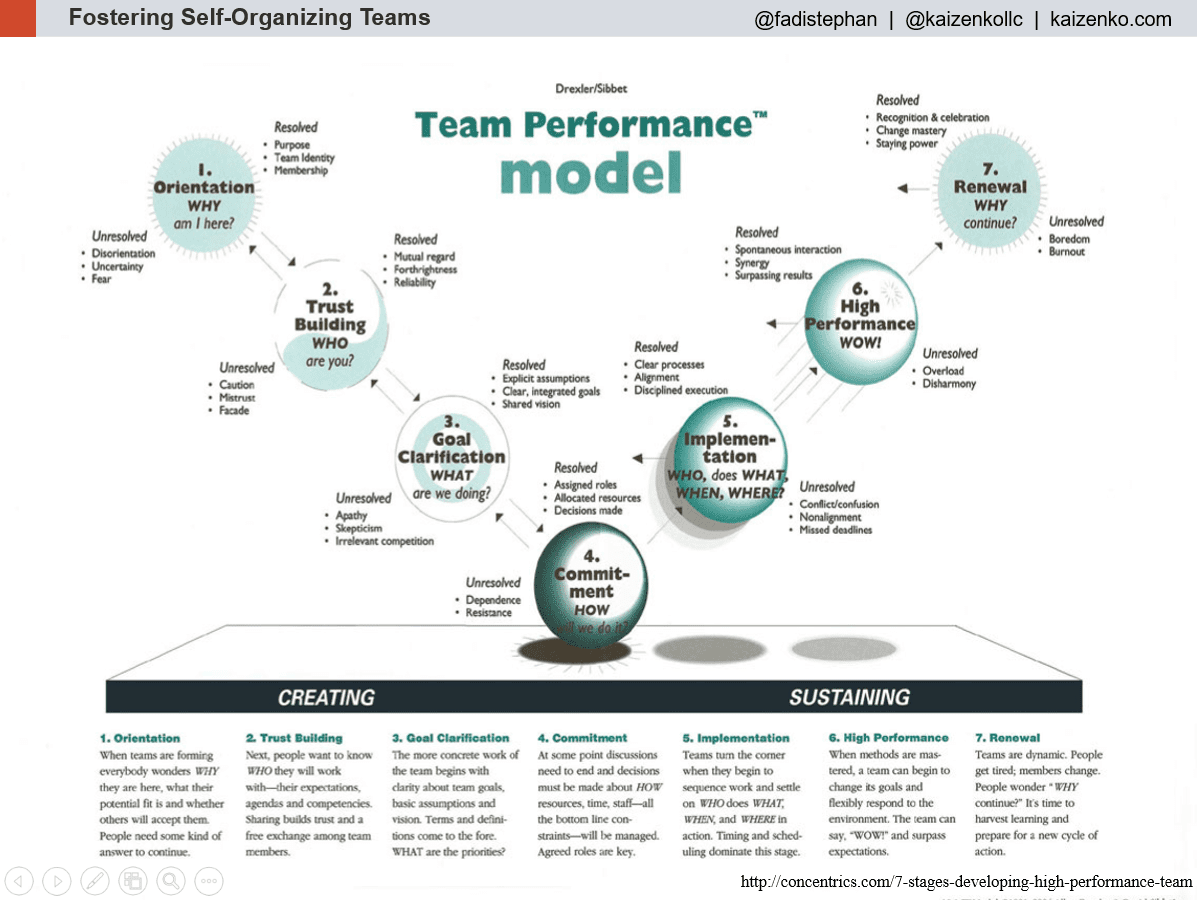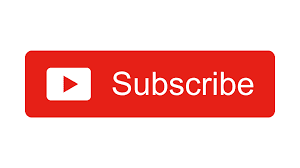Allan Drexler and David Sibbet developed a team performance model framework for understanding team development that has similar concepts to those covered by Tuckman. In the Drexler/Sibbet model, there is a concept of a bouncing ball where team building begins with a lot of freedom of imagination, openness and aspirations and then slowly becomes more and more realistic and grounded as the team better understands the members, goals and constraints, and then bounces back up through implementation, creativity, innovation and high performance.
When a team is forming, there is a predictable progression of concerns and questions that the members have. The questions are typically asked in order even though there might be a little back and forth. If team members are not satisfied or convinced with the answers then they stall or go back to the previous stage/set of questions.

The process begins with 4 stages of team creation before moving on to 3 stages of team performance and sustainability. The stages are:
Orientation or Why? Purpose and Intention. What is our mission and picture of success, and why am I here?
Trust Building or Who? Who are we working with? What is it going to be like? What skills and competencies do we have?
Goal Clarification or What? What is the group doing? What is the background of the project/product/company? What are our goals? What are the assumptions? What are the constraints? What are our targets and roles?
Commitment or How? How are we going to work together? Do we have a timeline? Budget? Resources? Let’s get all in!
Implementation or Who What When Where? Figuring out the details so we can start working. Most teams jump straight to here skipping the team creation steps and then stall.
High performance or Wow! – This is similar to Tuckman’s performing state after going through the forming, storming, performing. This is where we want to stay for as long as possible. This is where the team works together as one, requires little direction, respects and supports each other and focuses on delivering the common goal.
Renewal – or Why Continue? Things change. Either in team composition, environment or purpose so we have to always ask if what worked in the past will still enable further success in the future or do we need to re-group and cycle back.
Learn more about the Drexler/Sibbet Team Performance Model in the Building High Performing Teams Workshop.
Also check out the complete Fostering Self-organizing Teams series:
- What is a Self-organizing Team?
- Scrum Magic! Do Scrum – Become Hype-productive!
- 3 Models for Skills Acquisition
- Shu Ha Ri
- The Dreyfus Model of Skills Acquisition
- Situational Leadership
- Tuckman’s Stages of Group Development
- Drexler/Sibbet Team Performance Model
- The ScrumMaster’s Role is Fostering a High Performing Self-Organizing Team
- 7 Attributes of a Self-Organizing Team
- Delegation Board for Fostering a Self-Organizing Team
- The ScrumMaster’s Progressive Delegation Responsibility
- Fostering Self-Organizing Teams Presentation

